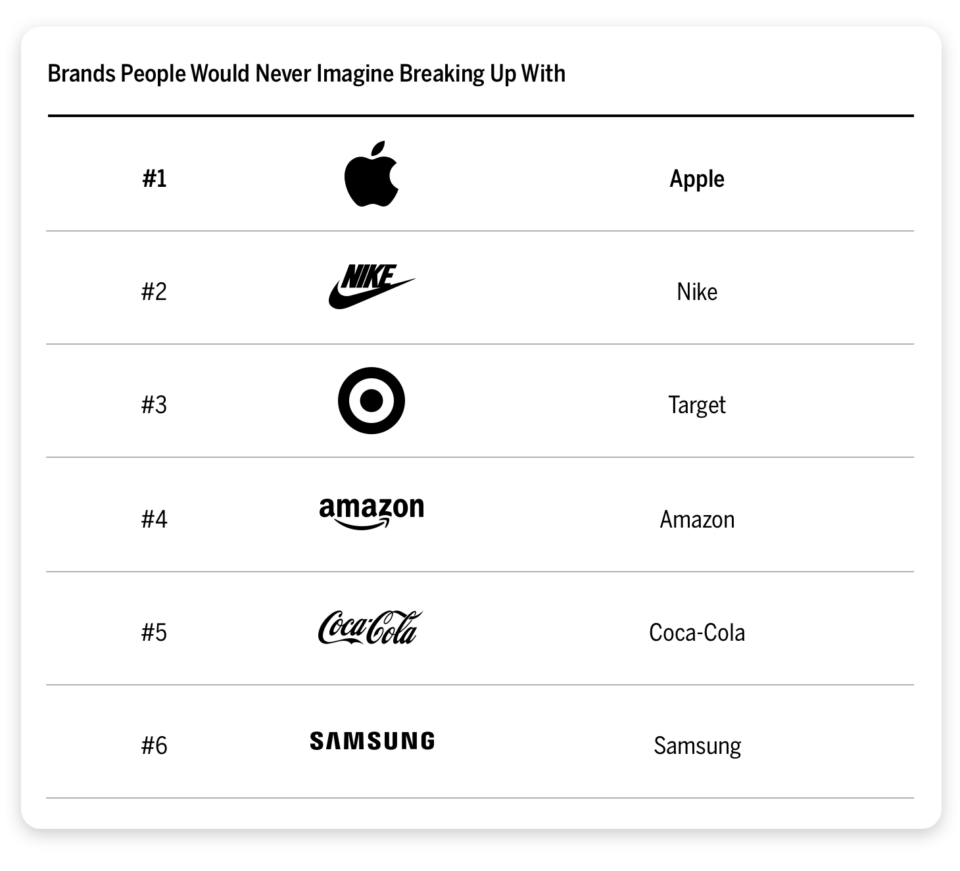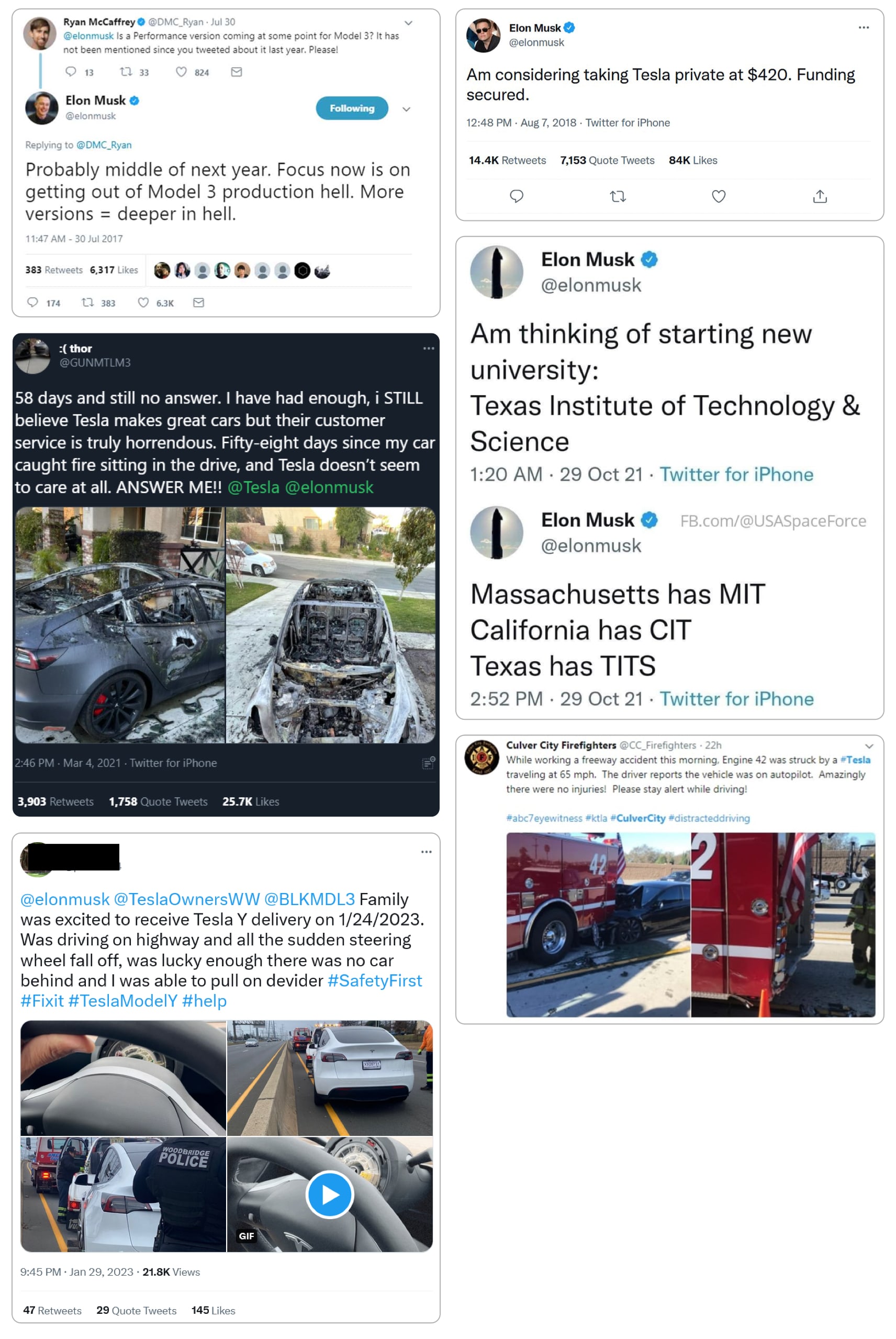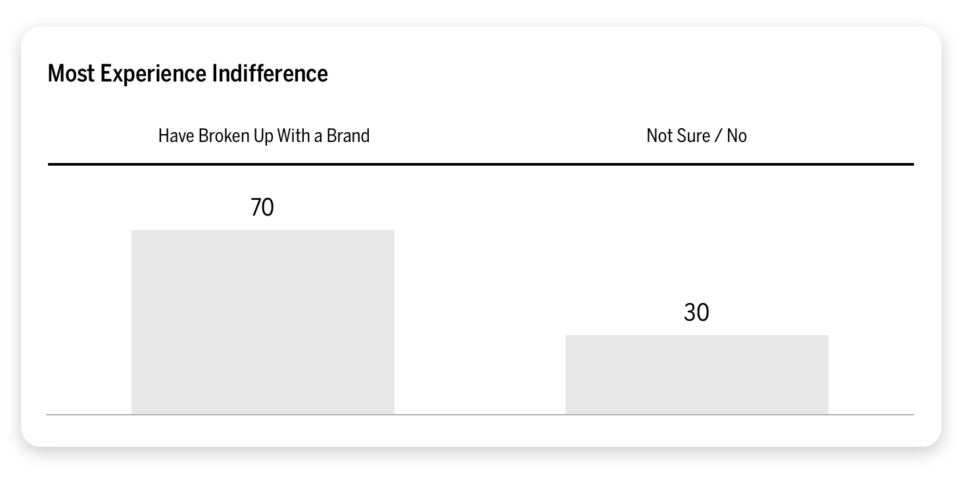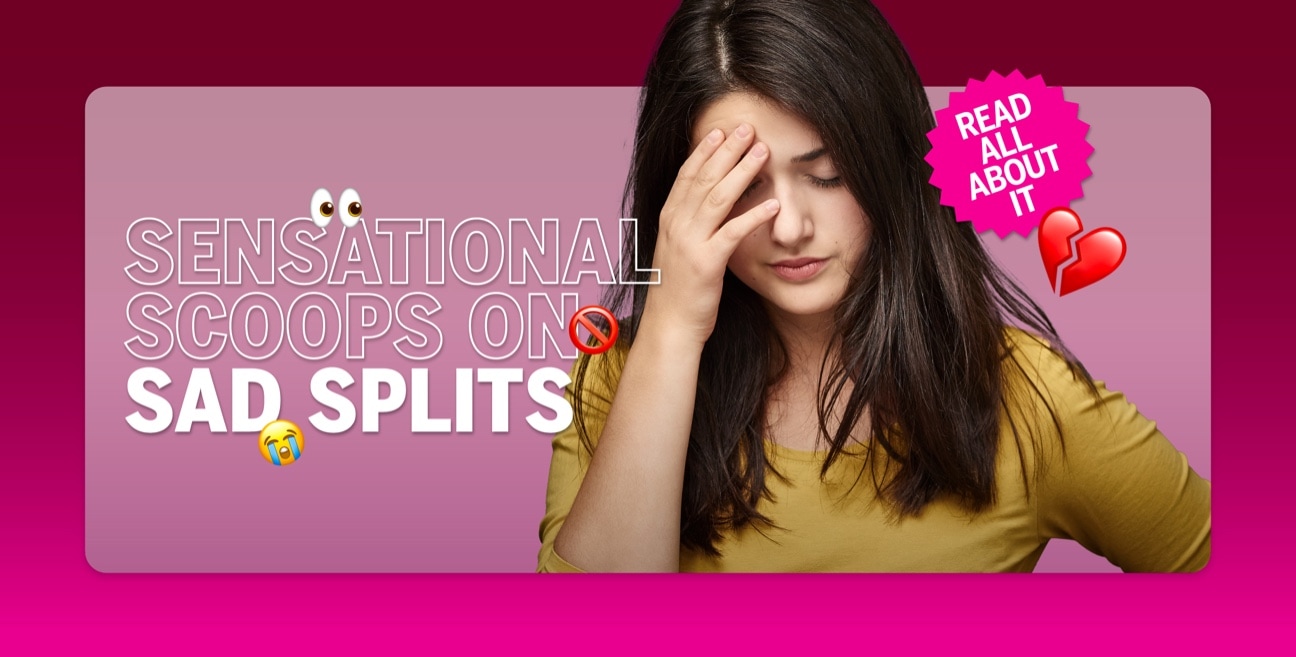Overview:
- To review the findings from our latest research about Brand Indifference, click here
- To learn more about Brand Indifference and see more examples of famous breakups, order our best seller
- To learn more about Brand Intimacy, check out our AI-driven study of 600 brands across 19 industries. To view our study, click here.
Brand building today requires a balance of continual vigilance and invention. For leadership, it takes perseverance and endurance that may be antithetical to the idea of one-and-done or the short-term quarterly earnings mindset.
Preventative and strategic investments in brand and marketing can play a pivotal role in a brand’s survival and long-term success.
To best protect your investment in branding and marketing, consider guarding against the pitfalls and erosion that lead to cataclysmic failure for the brand. As the Brand Intimacy agency, we’ve pioneered the science behind how we bond with the brands we use and love. We’ve shown how these relationships mirror how we bond with each other in fluid, reciprocal, and culturally specific ways. Like human relationships, we also study what happens when love fails. How are bonds broken, and when are they irrevocably so?
When consumers reach this point, we call it Brand Indifference.
Early Moments Matter
Thirteen years of research has revealed that Brand Intimacy grows more in the earlier stages of activity. Coincidentally, most breakups occur in the initial three years of the relationship with the brand. Consumers cite emotions such as disappointment, frustration, and anger as commonly associated with the termination of brand relationships. We found that 70 percent of consumers admit to terminating their relationships with brands. While many companies concentrate on strengthening their bonds with customers, it’s crucial to comprehend how and why these relationships can come to an end.

Cost to the Business
Brand Indifference is an often overlooked yet lethal malaise that can gnaw at a company’s revenue stream and tarnish long-term prospects. Unlike Brand Hatred, where at least the consumer is engaged emotionally, brand indifference implies a chilling void, a lack of concern or engagement from the consumer. In a marketplace flooded with options, indifference is the proverbial death knell. Brands spend millions in customer acquisition only to lose those hard-won customers to competitors in a matter of clicks. Acquiring a new customer can cost five times more than retaining an existing customer. The apathy of one consumer might seem insignificant, but when multiplied across a customer base, it can represent lost revenue, wasted marketing spending, and an eroded competitive edge. A 5 percent increase in customer retention can increase a company’s profitability by 25 to 95 percent.
Friction Is the New Bad Service
In the age of instant gratification and seamless user experiences, even minor inconveniences can lead to brand indifference. Ninety percent of consumers have left a website because it didn’t provide an easy experience. We’re no longer just competing on product quality or price; we’re competing on the absence of friction. Whether it’s a cumbersome checkout process, slow loading times, or convoluted customer service, friction creates disengagement and sends customers flocking to competitors who offer a smoother experience. In fact, 33 percent of customers who abandoned a business relationship in 2020 did so because personalization was lacking, indicating friction in customer experience. Even a coordinated or aesthetically pleasing visual experience is a valuable credit for a brand that is fighting friction. Brands that underestimate the “friction factor” risk alienating a generation of consumers accustomed to the path of least resistance.
The Fickle Mindset: COVID Hangover
The COVID-19 pandemic brought about a new breed of consumer, one that is hyper-aware, discerning, and fickle. Seventy-five percent of US consumers tried different stores, websites, or brands during the pandemic. Tired of brand messages that felt disingenuous or irrelevant during a global crisis, many consumers reassessed their priorities and commitments to brands. That mindset has led to a “COVID hangover” where consumers are more prone to indifference, making choices based on convenience and necessity rather than brand loyalty. Around 60 percent of global consumers have changed their shopping behavior since the start of the pandemic, with many expecting to continue to do so. Businesses that fail to acknowledge and adapt to this shift risk falling into the chasm of consumer disregard.
Spot the Signs
Detecting brand indifference requires a keen awareness of nuanced metrics like engagement rates, customer lifetime value, and net promoter scores. A decline in social media engagement or a rise in cart abandonment rates may be early warning signs of indifference. Brands with high customer engagement rates are expected to outperform their competitors by 202 percent. Traditional metrics, like sales and revenue, might not immediately reflect consumer indifference, making it a silent yet potent adversary. Data show 43 percent of US consumers spend more money at brands they are loyal to. By the time your sales slump, the damage may already be irreparable. Therefore, proactive brand monitoring and data analysis are critical in identifying and addressing brand indifference before it escalates.
Tesla: The Icarus Brand of Our Times
Tesla stands as a fascinating study in brand dynamics, soaring to incredible heights of customer loyalty on the wings of innovation, a cult-like following, and charismatic leadership. Tesla’s brand value was estimated at $42 billion in 2021, making it one of the world’s most valuable car brands. Tesla has also shot up our Brand Intimacy rankings and revealed some of the most effusive and intimate consumers, yet it also flirts dangerously with Brand Indifference. Consumers either love Tesla for its audacity or grow indifferent due to controversies, customer service issues, or perceived arrogance. In Tesla’s case, the very factors contributing to its meteoric rise also could precipitate its fall should the brand fly too close to the sun of consumer apathy. Despite the high brand value, Tesla has faced significant public scrutiny with Elon Musk’s Twitter activity alone causing stock value fluctuations of up to 10 percent. Tesla’s volatile position makes it the Icarus brand of our times, poised between iconic status and potential oblivion.

Salvage and Rescue
Combating Brand Indifference is no small feat, but it’s far from impossible. Brands must act quickly by implementing targeted initiatives, whether with an overhaul of the customer experience, personalized marketing campaigns, or value-driven engagement strategies. Companies that excel at customer experience have 1.5 times as many engaged employees as customer experience laggards do. Listening to customer feedback and adapting accordingly are key. Remember, in a relationship it’s never too late for a grand gesture, and for brands teetering on the edge of indifference, now is the time for that game-changing move. One study found that 80 percent of customers are more likely to purchase a product or service from a brand that provides personalized experiences. An encouraging finding from our research indicates that 63 percent of consumers believe that brands they’re indifferent to can reignite their interest and affection. The best advice is to avoid indifference at all costs. Unsurprisingly, Apple, a perennial top performer in our Brand Intimacy rankings, is the #1 brand consumers could not imagine breaking up with.

While the pinnacle of consumer engagement is Brand Intimacy, a strong, emotional, and enduring connection between brand and consumer, its worst-case counterpart is Brand Indifference. As a concept, brand indifference is more than just a lack of preference; it’s an emotional detachment, a void where there should be loyalty or, at least, recognition. It’s the antithesis of the deep emotional bonds we aim to cultivate through tailored marketing, quality products, and memorable customer experiences. In the realm of Brand Intimacy, we explore how consumers and brands can become almost inseparable, forming connections that transcend mere transactions and evolve into deep relationships. However, brand indifference serves as a chilling reminder that these bonds are not just vulnerable but also reversible. When consumers reach a state of indifference, they’re not just disengaged; they’re emotionally disconnected, making rekindling that relationship an uphill battle. In a marketplace where consumer emotions and preferences are increasingly volatile, brand indifference is not merely a pitfall; it’s a cataclysm that can undo years of brand-building efforts, making it the silent but devastating nemesis of Brand Intimacy.
Sources
1 Acquiring a new customer can cost five times more than retaining an existing customer (Harvard Business Review). Source: “The Value of Keeping the Right Customers” https://hbr.org/2014/10/the-value-of-keeping-the-right-customers
2 Bain & Company. Source: “Prescription for cutting costs” by Frederick F. Reichheld, Bain & Company. Source: “Prescription for cutting costs” by Frederick F. Reichheld, Bain & Company.“New data shows uninstalls remain a significant pain for apps”
3 ContentSquare. Source: ContentSquare User Experience (UX) Survey.
4 Accenture. Source: Accenture’s 2020 Global Consumer Pulse Research.
5 McKinsey. Source: “How COVID-19 is changing consumer behavior—now and forever”, McKinsey & Company.
6 Capgemini. Source: “Consumer Behavior and Loyalty in the New Normal”, Capgemini Research Institute.
7 Business 2 Community. Source: Business 2 Community, “The ROI of Improving Customer Engagement”.
8 Fundera. Source: “The Ultimate List of Small Business Statistics for 2021 and Beyond”, Fundera.
9 Statista. Source: Statista’s 2021 Ranking of the most valuable car brands.
10 CNBC. Source: “Elon Musk tweets can take a serious toll on investors”, CNBC.
11 Gallup. Source: “How to Create a World-Class Customer Experience”, Gallup.
